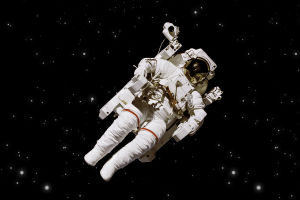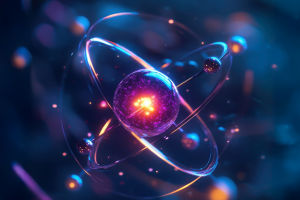Lykkers, have you ever thought about this — if we go to Mars one day, what are we going to eat? Bringing food from Earth might work for a short trip, but for deep space travel, it’s just not enough.
Long missions need fresh, reliable food sources. That’s where space farming comes in — a game-changing solution to help us survive and even thrive far away from Earth.
The Problem with Earth-Sent Meals
Let’s break it down: every astronaut on a mission to Mars needs over a ton of food. Multiply that by six people, and we’re talking about serious weight and cost. Even the most affordable rockets charge over $2,000 per kilogram. Plus, pre-packed food loses nutrients over time, and no one wants to live on heat-and-eat meals for a year. Growing fresh food in space means better nutrition, better mood, and less dependency on Earth.
What We’ve Grown So Far
Believe it or not, we’ve already seen space-grown veggies! Astronauts on the International Space Station (ISS) have successfully grown and tasted lettuce, radishes, peas, and even chili peppers. Using a plant growth system called Veggie, they’ve been able to cultivate small crops using LED lights and controlled environments — all without soil.
These fresh greens not only added to their meals but also gave them something green and alive to care for — a huge mental boost when floating hundreds of miles above Earth.
Soil-Free Farming: How It Works
Since traditional soil is a no-go in space, we use advanced methods like hydroponics (growing in nutrient-rich water) and aeroponics (roots suspended in air and misted with nutrients). These systems are compact, clean, and water-efficient — perfect for the limited space and resources aboard a spacecraft or space station.
Everything is closely monitored — light levels, humidity, temperature, and nutrients — all carefully balanced to keep the plants healthy and growing steadily.
The Challenges We’re Still Facing
Growing food in space isn't as simple as putting a seed in the ground. Microgravity changes everything — how water flows, how roots grow, even how plants taste. Some crops grow slowly or in strange shapes. There’s also the issue of pollination — without bees, astronauts or machines may have to do the job manually.
Plus, power and space aboard the ISS or future spacecraft are limited, meaning we can’t yet grow everything we need. But step by step, we’re getting there.
Next-Level Space Farms
The future of space food lies in self-sustaining farms in orbit, on the Moon, or even on Mars. Scientists are designing systems that recycle water, air, and nutrients in closed loops — no waste, just continuous growth. These may include vertical farming, bioreactors for growing edible microbes, and even automated greenhouses that adjust conditions in real time.
If successful, future astronauts could grow all their meals — from leafy greens to protein-rich alternatives — right where they live.
Helping Earth Along the Way
Here’s a bonus: the farming tech we develop for space could help people back home. Techniques like vertical farming, smart watering systems, and soil-free agriculture are already being used in cities and deserts. Space farming isn’t just for Mars — it’s a glimpse into the future of sustainable food everywhere.
Looking Ahead: What’s on the Space Menu?
Imagine walking into a greenhouse dome on the Moon and picking fresh tomatoes. That’s the kind of future we’re working toward. With the right tech, we won’t just survive in space — we’ll enjoy what we eat there. More crops, more variety, and more self-sufficiency mean longer missions and greater independence.
No more ration packs and reheated meals — just fresh, vibrant food grown among the stars.
Would You Eat Space-Grown Food?
So, Lykkers, here’s something fun to imagine — if you could taste a salad grown in orbit, would you try it? How about chili peppers harvested on Mars?
The future of food is lifting off, and it's not just about survival — it's about making life better wherever we go. Let us know: what space-grown meal would you love to try first?
Let’s grow toward the stars — together.
How NASA Is Growing Food in Space | Can We Really Farm on Mars?
Video by Infinity Space Defense


